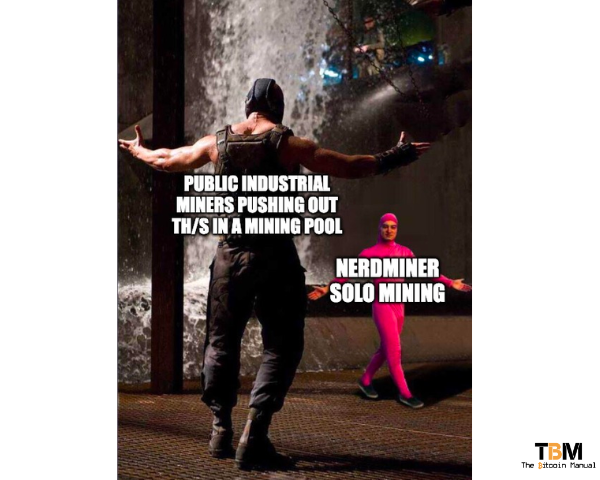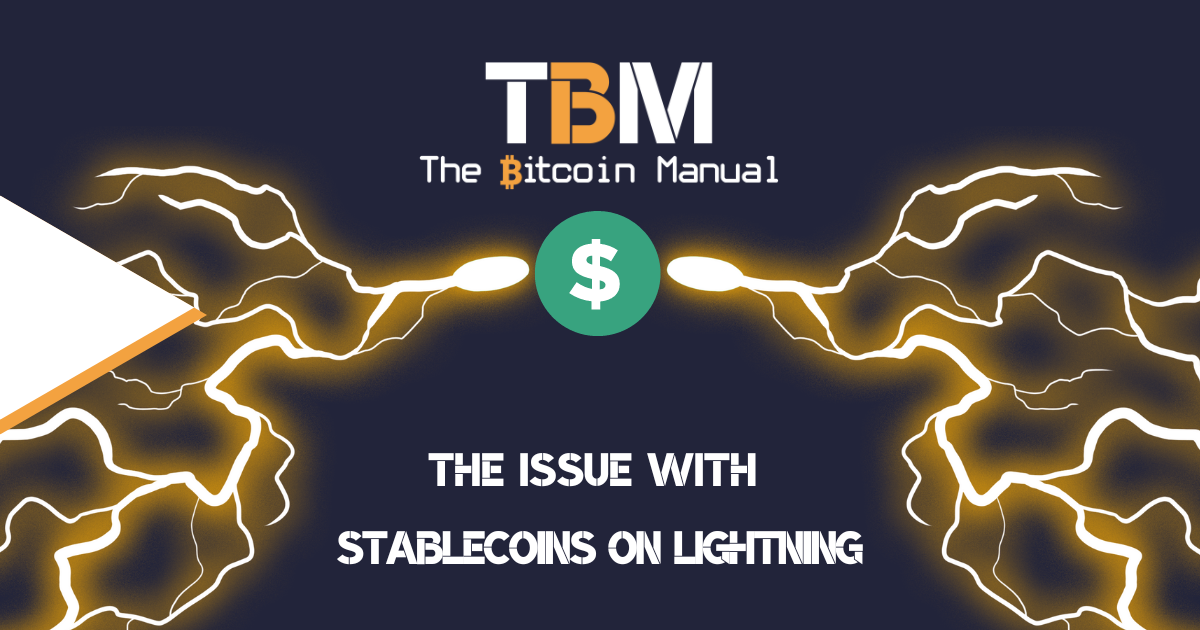Bitcoin is an open-source network, meaning the code to run it and participate in the network is open to all; if you have the ability or the detailed instructions, you can run your own miner, your own node, build your own wallet software or signing device, and frankly, it’s encouraged.
You determine your level of involvement in the network.
While Bitcoin might be a series of numbers and digital signatures, it doesn’t mean you can’t get your hands dirty. You could trust node-in-a-box manufacturers, popular software wallets, or hardware wallet manufacturers or verify and build something yourself.
Doing a Bitcoin DIY project can be a great way to learn more about Bitcoin and get involved with the technology, the ecosystem and other Bitcoin enthusiasts. If you are interested in Bitcoin but prefer to learn from practical examples, starting with the hobbyist projects like SeedSigner, SeedMint, or NerdMiner is a great place to start.
What is a NerdMiner?
NerdMiner is a free and open-source project by BitMaker that lets you try to reach a Bitcoin block with a small piece of hardware. The project gives you a practical project to get stuck in, build something yourself and in the process, you learn more about minery. In the end, you will have a beautiful piece of hardware on your desktop, a talking point for guests who spot in your home, and you have a fraction of a chance to get some Bitcoin too.
Midstate unlocked
— BitMaker ⚡ (@BitMaker_) April 20, 2023
Hello @Blockstream. Not much far and holding wifi stuff too.@LarryBitcoin still not using your Sha but helped your library @4lc4r @tulipan81 thanks#TeamNerdMiner pic.twitter.com/jmPyZ8R0ML
What is Bitcoin mining?
Bitcoin mining is the process of adding new blocks to the Bitcoin blockchain, and it has evolved over the years. In the early days of CPU mining, this NerdMiner could have had a serious chance, but as we moved on to GPU mining and ASIC mining, the amount of hash rate miners can push out per 10 minutes has grown exponentially, and so the competition is fierce.
In theory, anyone producing hash rate has a chance to win a block and secure a Bitcoin reward, and every miner is playing the odds. The incentive is to improve your chances of earning some Bitcoin, so pooling with other miners to secure a block with a mining pool has become the standard method of mining, versus solo mining, where you mostly end up with nothing hoping to win the lottery but claim a massive reward should you secure a block.
What is Solo Mining vs Mining in a Pool?
There are two ways to mine Bitcoin: Solo mining and mining in a pool.
- Solo mining is when you mine Bitcoin on your own. This is the most difficult way to mine Bitcoin, but it also has the potential to be the most rewarding. If you mine a block on your own, you will receive the entire block reward, meaning the current subsidy rate and all the fees included.
- Mining in a pool is when you join a group of miners and pool your resources. This is a more efficient way to mine Bitcoin as you’re constantly receiving rewards for your hash power, but you will share the block reward with the other miners in the pool.
What is a mining lottery?
A lottery miner competes with all Bitcoin network miners to find a specific numerical value. To find the value, you need to generate hashes in a process called proof of work. The chances of winning the reward are proportional to the miner’s computational power or hash rate.
The higher the hash rate, the more likely a miner finds the block and wins the reward. Now consider that miners combine hash rate in pools to increase their chances even more, and the solo miner has even less of a chance.
Since it’s a game of hashes, the small amount of hash rate; the NerdMiner provides is like buying a lottery ticket every ten minutes.

How to Build a NerdMiner
A NerdMiner is a small, DIY Bitcoin miner that can be built using a TTGO T-Display S3 and a few other components.
To build a NerdMiner, you will need the following:
- TTGO T-Display S3
- A USB cable
- A casing either purchased or 3D printed
- A fan
- Optional: A battery as a power supply should you want something mobile
Once you have all of the components, you can follow these steps to build your NerdMiner:
Create your own miner using the online tool ESPtool and the binary files that you will find in the src/bin folder.
If you want, you can compile the entire project using Arduino, PlatformIO or Expressif IDF.
- Get a TTGO T-display S3
- Download this repository
- Go to ESPtool online: https://espressif.github.io/esptool-js/
- Load the firmware with the binaries from the src/bin folder.
- Plug your board and select each file from src/bin with its address
- Connect the NerdMiner to the internet.
- Put in your Bitcoin address and mining pool
- Start mining Bitcoin!

Go solar with your NerdMiner.
Mining requires electricity, and sure, the NerdMiner uses very little to power itself. You can leave it running all the time. Alternatively, you can take it a step further, secure some of that free sunshine, and use it to pay for your next lottery ticket.
The sun came out behind the clouds for a bit this morning so I put it to work! #TeamNerdMiner pic.twitter.com/yyIrW0BrHv
— skot (@skot9000) April 28, 2023
Contribute to NerdMiner.
If you like projects like this and would like to contribute, you can reach out to BitMaker on social or you can help the dev team by donating to the following LN address.
- ⚡teamnerdminer@getalby.com⚡
Do your own research.
If you want to learn more about NerdMiner, use this article as a jumping-off point and don’t trust what we say as the final say. Take the time to research, check out their official resources below or review other articles and videos tackling the topic.
Are you investing in the Bitcoin ecosystem?
Do you invest in Bitcoin mining? Are you considering Bitcoin mining? Have you been mining for some time? How do you deal with the noise? Let us know in the comments down below.




